
Truck Restraints & Load Restraint Equipment
When it comes to transportation and logistics, ensuring the safety and security of both the vehicle and the cargo is paramount. In the ever-evolving world of trucking and goods transportation, truck restraints and load restraint equipment play a pivotal role. Dive into the specifics with us, as we at Hold Fast Industries – your Brisbane-based industry leaders – take you through everything you need to know.

What are Truck Restraints?
Truck restraints are specialized equipment designed to keep vehicles stationary during the loading and unloading processes. These tools prevent accidental movement that can cause severe accidents or damage to the cargo. With our decade-long experience and expertise, Hold Fast has observed the significant difference these devices make, especially in high-demand environments like QLD, NSW, and VIC.
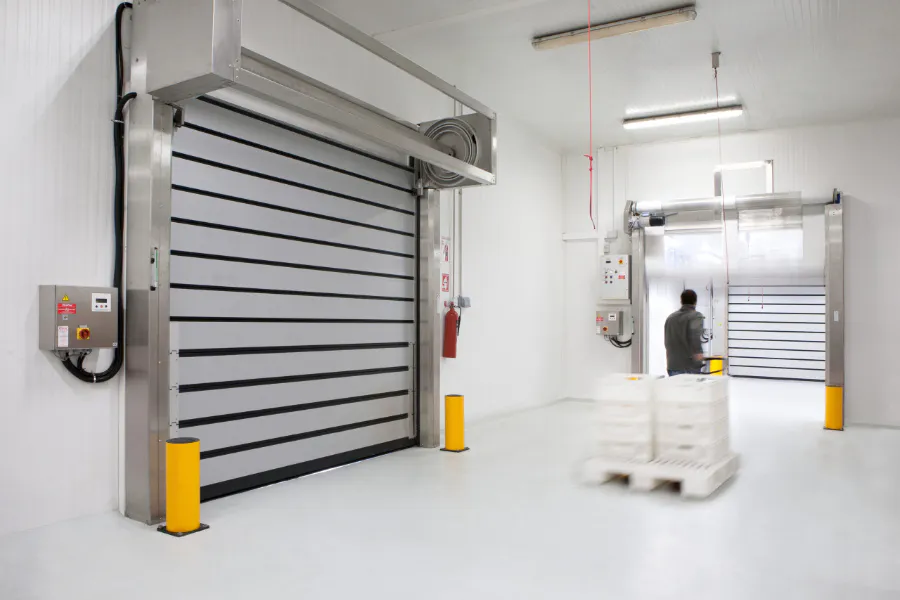
Types of Truck Restraints
There are various types of truck restraints, each tailored to specific needs and conditions:
- Wheel Restraints: Ideal for trucks with diverse chassis designs.
- Undercarriage Restraints: Suitable for vehicles with consistent chassis but varying tire sizes.
- Automatic Restraints: These employ advanced technologies to ensure optimal securement.
- Electromagnetic Restraints: Use powerful magnets to keep the truck in place, providing flexibility without the need for physical undercarriage contact.
- Barrier Restraints: Physically block trucks from moving with sturdy barriers.
- Mechanical Restraints: Rely on manual mechanisms like hooks or barriers for truck stabilization.
- Hydraulic Restraints: Utilize hydraulic power for easy adjustability and a firm grip.
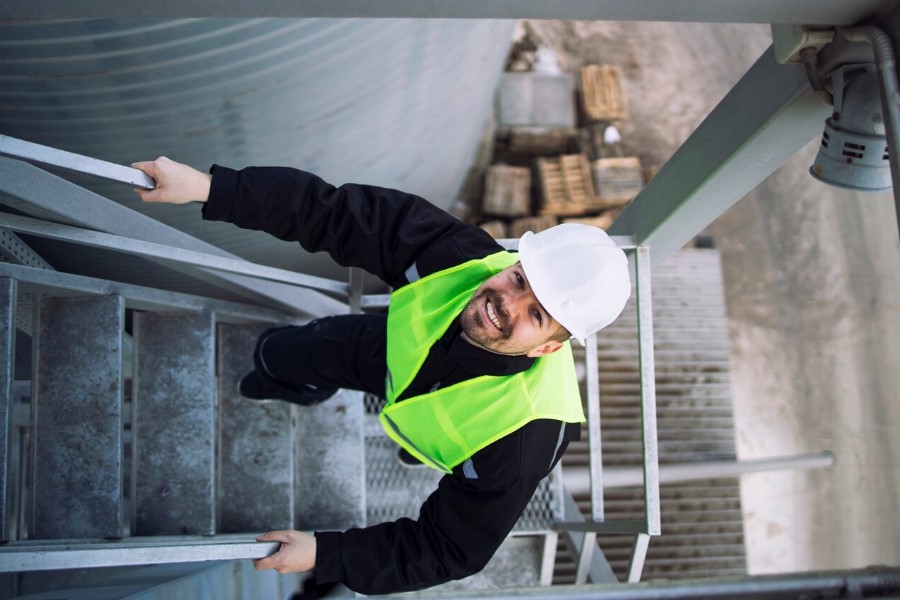
How to Choose the Right Truck Restraints
Choosing the right restraint system is crucial. Consider the following factors:
- Dock Design & Space: Depending on the available space and dock’s design, some restraints might be more effective.
- Truck Variety: The type and variety of trucks visiting your facility play a role in the decision-making process.
- Budget: As with all premium products, the price range varies.
- Ease of Installation: Some systems may require more extensive modifications or setup times.
- Maintenance Needs: Consider the longevity and the type of routine maintenance required.
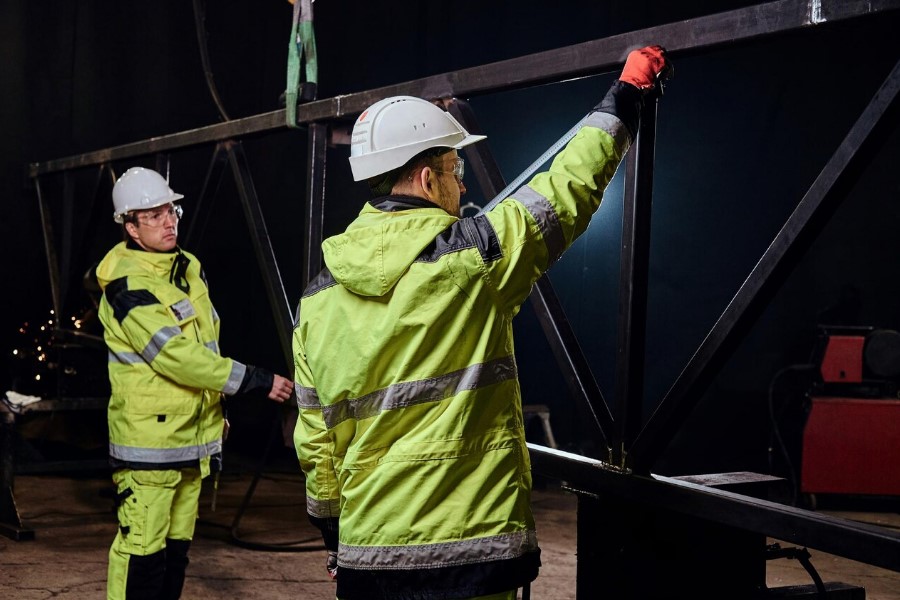
How to Use Truck Restraints Safely
Safety is our top priority at Hold Fast Industries. To use truck restraints safely:
- Always follow the manufacturer’s guidelines.
- Train your staff regularly.
- Ensure regular maintenance and inspections.
- Clear the docking area of any obstructions.
- Keep an emergency release mechanism in an accessible location.
- Always double-check the restraint’s engagement before beginning the loading or unloading process.
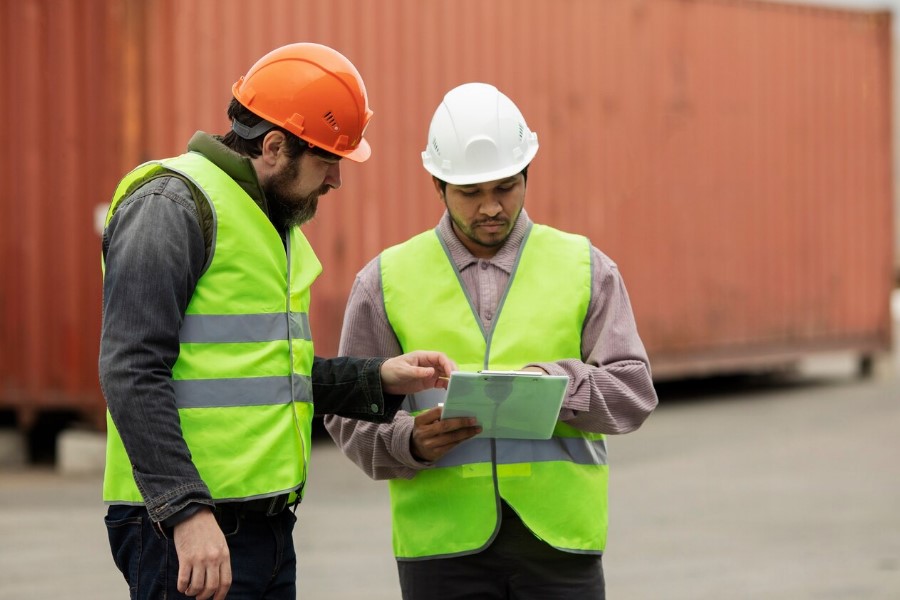
Truck Restraint Laws and Regulations in Australia
Australia has implemented strict laws and regulations when it comes to truck restraints, prioritizing road safety above all else. It is crucial to stay continuously informed and up-to-date with the latest regulations and standards to ensure compliance and contribute to a safer transportation environment for all. By staying knowledgeable about these requirements, we can collectively work towards reducing risks and promoting the well-being of everyone on the road. Remember to always prioritize safety and adhere to the prescribed guidelines.
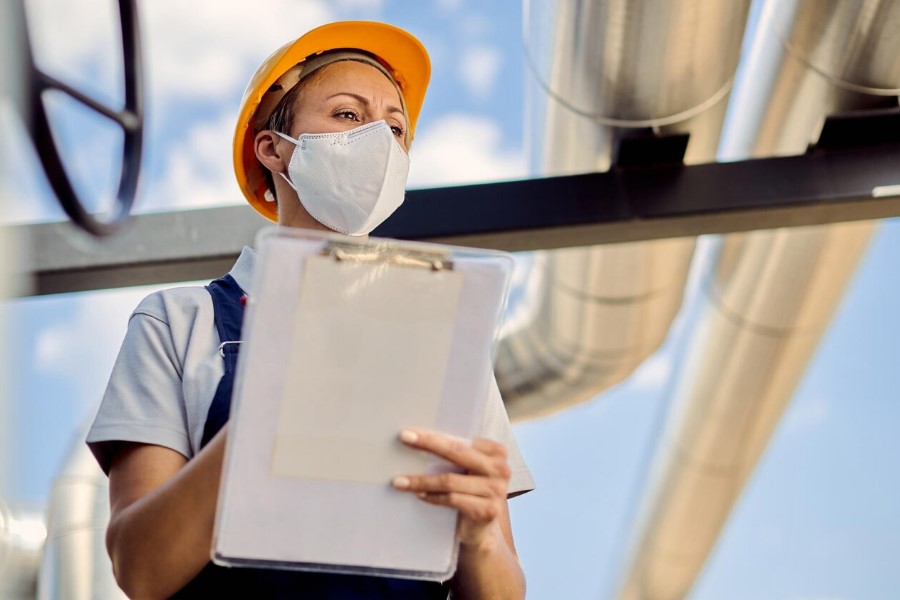
Truck Restraint Training
Empower your team with comprehensive training sessions. At Hold Fast Industries, we frequently collaborate with industry experts to deliver hands-on training programs that go beyond theoretical knowledge. Our goal is to equip your team with the practical skills and expertise needed to effectively use and maintain truck restraints. By investing in our training, you can ensure that your team is well-prepared to handle any situation and maximize the safety and efficiency of your operations.

Load Restraint Equipment for Trucks
Load restraint equipment, like tie down straps and load binders, ensures that cargo remains stationary during transport. This category is vital for those looking to secure loads efficiently and safely.
Types of Load Restraint Equipment
Load restraint systems vary, and some of the popular options include:
- Tie Down Straps: Flexible and versatile, ideal for different cargo sizes.
- Load Binders: Perfect for heavy-duty loads.
- Chains and Hooks: Best suited for exceptionally heavy or oddly-shaped cargo.
- Elastic Nets: Provide flexibility and ease, especially for irregular loads.
- Corner Protectors: Ensure that sharp edges do not damage the tie-down straps.
- Ratchet Straps: Allow for tighter securement and quick release.
- Anchor Points: Serve as sturdy attachment locations for other restraint systems.
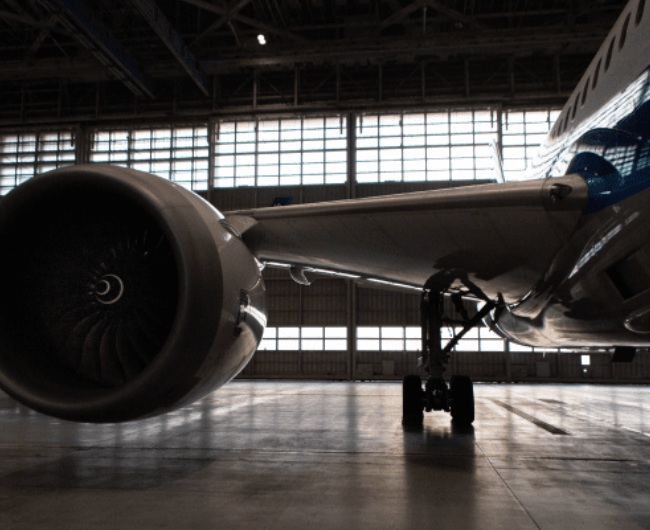
How to Choose the Right Load Restraint Equipment
Selection is based on:
- Cargo type and weight.
- Duration and conditions of transport.
- Compliance with local regulations.
- Nature of the trip: A shorter trip may need different restraints compared to a cross-country journey.
- Possible weather conditions: Some equipment may be more suited to wet or windy conditions.

How to Use Load Restraint Equipment Safely
Safety should never be compromised, especially when transporting cargo. Here’s an extensive guide on using load restraint equipment safely:
- Follow Manufacturer Instructions: Always adhere to the guidelines provided by the equipment manufacturer. They contain valuable insights into the proper usage of items like tie down straps and load binders.
- Never Exceed the Equipment’s Weight Limit: Overloading can compromise the integrity of your load restraint equipment, leading to potential hazards.
- Use the Right Equipment for the Task: Different cargoes demand different restraint systems. For instance, heavy or bulky items might require both tie down straps and chains for maximum security.
- Regularly Inspect for Wear and Tear: Before every use, check your equipment for signs of damage. A frayed tie down strap or a rusty hook can severely undermine the safety of your load.
- Ensure Proper Tension: Regularly check the tension of tie down straps during transport. Vibrations and movements can sometimes loosen them.
- Avoid Sharp Edges: Ensure that your load restraint systems don’t come into direct contact with sharp or jagged edges which can compromise their integrity.
- Understand the Load Dynamics: Knowing how your cargo might shift or move during transport can guide the way you secure loads. For instance, liquids in containers might have a sloshing effect.
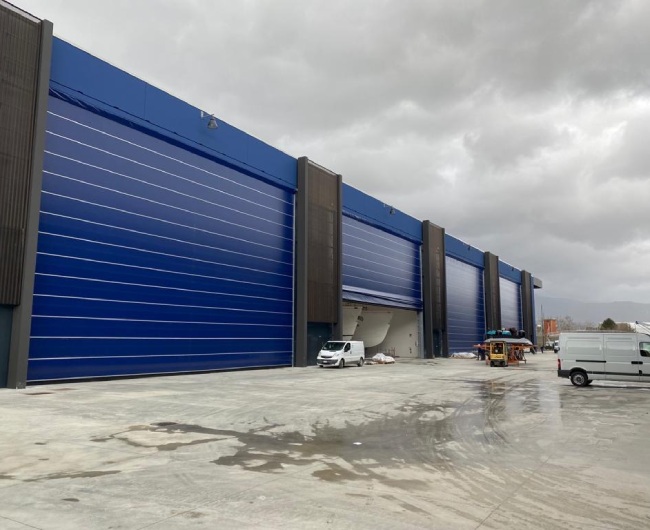
Load Restraint Equipment Inspection and Maintenance
Routine inspections and proactive maintenance are essential. Our Progressive Maintenance Agreements ensure that your equipment is always in prime condition, enhancing safety and efficiency.

Load Restraint Equipment FAQs
Q: How often should I inspect my load restraint equipment?
A: Regular inspections are vital, especially before long journeys. It’s also recommended to have a monthly professional examination for signs of wear or damage.
Q: Where can I buy top-quality load restraint systems?
A: Hold Fast Industries offers a curated range of premium Italian-made load restraint products, tailored for the Australian market.
Q: How do I ensure my load restraint equipment complies with Australian standards?
A: Regularly refer to the latest guidelines and standards published by Australian regulatory bodies. Additionally, purchasing from reputable providers like Hold Fast Industries ensures compliance with local regulations.
Q: Are there any specific training programs available for the safe use of load restraint systems?
A: Yes, Hold Fast Industries frequently collaborates with industry experts to offer training sessions, ensuring teams are well-equipped to use and maintain load restraint equipment effectively.
Q: How do I know when it’s time to replace my load restraint equipment?
A: Regular inspections will reveal signs of wear, tear, or damage. If the equipment is frequently exposed to harsh conditions or if you notice consistent loosening of tie down straps, it might be time for a replacement.

Engage with Us!
Hold Fast Industries is passionately dedicated to offering you the absolute best in terms of quality and service. We understand that you may have questions or concerns, and we are here to address them. Whether you are interested in our top-notch products or our comprehensive training sessions, we invite you to get in touch with us directly. Our team of experts is ready to provide you with personalized assistance and ensure that you have an exceptional experience with Hold Fast Industries.
Contact Us
Need help from our specialists?
Let’s discuss the best solution for you. Use the form below or don’t hesitate to give us a call on 1800 453 378.